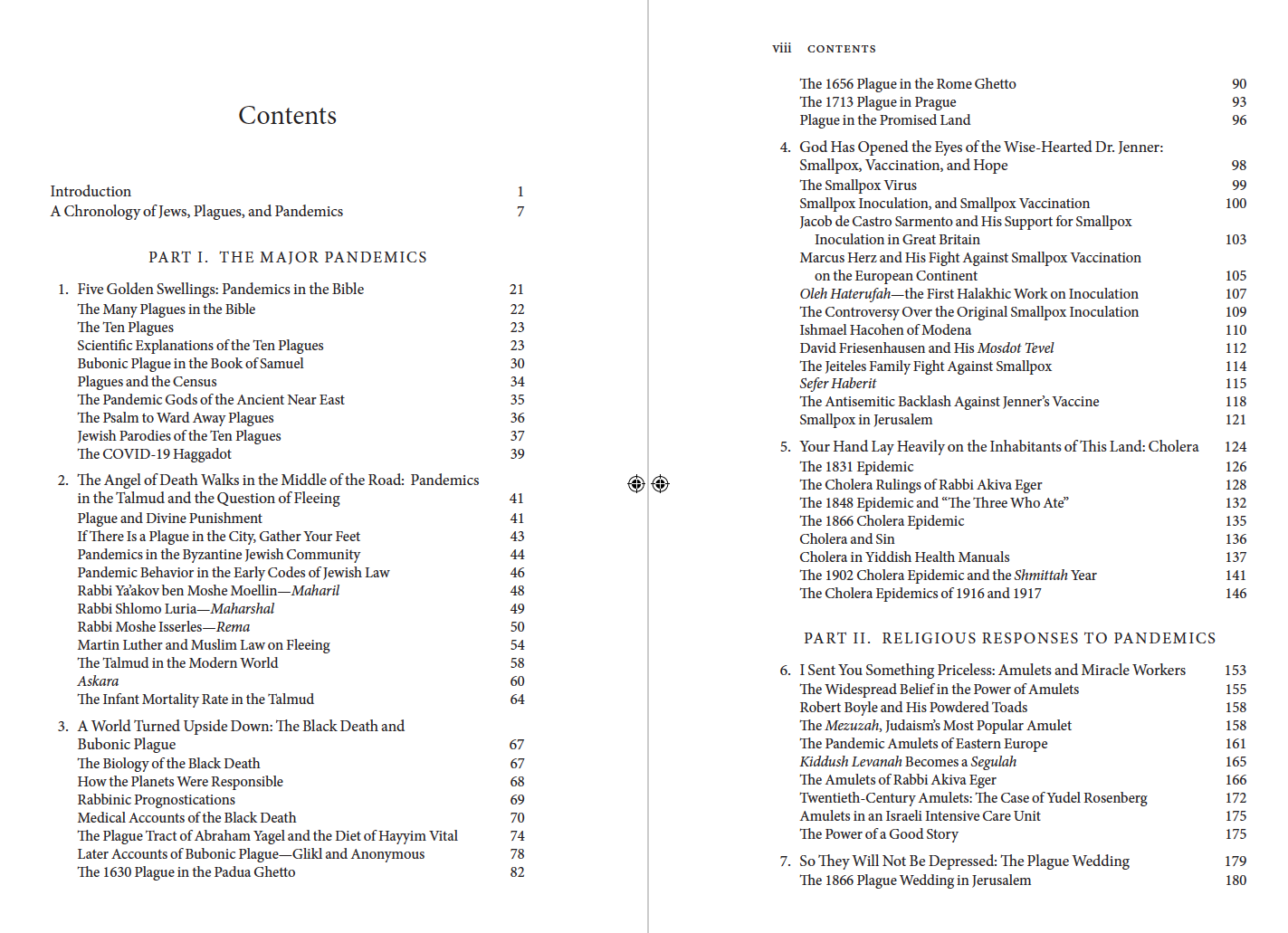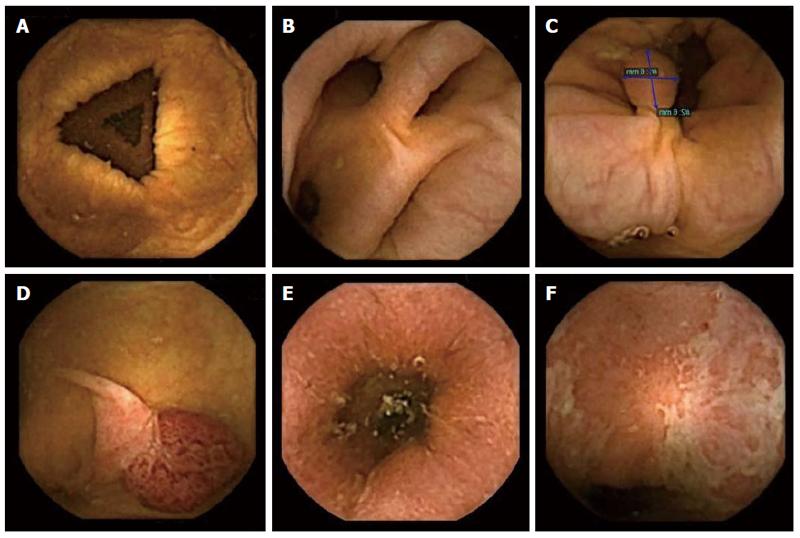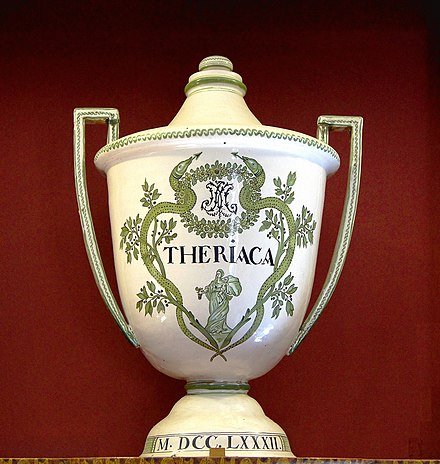שבת כא, ב
מַאי חֲנוּכָּה? דְּתָנוּ רַבָּנַן: בְּכ״ה בְּכִסְלֵיו יוֹמֵי דַחֲנוּכָּה תְּמָנְיָא אִינּוּן דְּלָא לְמִסְפַּד בְּהוֹן וּדְלָא לְהִתְעַנּוֹת בְּהוֹן. שֶׁכְּשֶׁנִּכְנְסוּ יְווֹנִים לַהֵיכָל טִמְּאוּ כל הַשְּׁמָנִים שֶׁבַּהֵיכָל. וּכְשֶׁגָּבְרָה מַלְכוּת בֵּית חַשְׁמוֹנַאי וְנִצְּחוּם, בָּדְקוּ וְלֹא מָצְאוּ אֶלָּא פַּךְ אֶחָד שֶׁל שֶׁמֶן שֶׁהָיָה מוּנָּח בְּחוֹתָמוֹ שֶׁל כֹּהֵן גָּדוֹל, וְלֹא הָיָה בּוֹ אֶלָּא לְהַדְלִיק יוֹם אֶחָד. נַעֲשָׂה בּוֹ נֵס וְהִדְלִיקוּ מִמֶּנּוּ שְׁמוֹנָה יָמִים. לְשָׁנָה אַחֶרֶת קְבָעוּם וַעֲשָׂאוּם יָמִים טוֹבִים בְּהַלֵּל וְהוֹדָאָה.
What is Chanukah, and why are lights kindled on Chanukah? The Gemara answers: The Sages taught in Megillat Ta’anit: On the twenty-fifth of Kislev, the days of Chanukah are eight. One may not eulogize on them and one may not fast on them. What is the reason? When the Greeks entered the Sanctuary they defiled all the oils that were in the Sanctuary by touching them. And when the Hasmonean monarchy overcame them and emerged victorious over them, they searched and found only one cruse of oil that was placed with the seal of the High Priest,undisturbed by the Greeks. And there was sufficient oil there to light the candelabrum for only one day. A miracle occurred and they lit the candelabrum from it eight days. The next year the Sages instituted those days and made them holidays with recitation of hallel and special thanksgiving in prayer and blessings.
The miracle of the oil that was meant to burn for only one day yet stretched out for eight is a deeply beloved story whose origin in only briefly mentioned in the Talmud. It is fascinating therefore to learn that the great Russian maskil Chaim Zelig Slonimski, (a Talmudology hero to be sure) unleashed a storm when he published an essay questioning the authenticity of the miracle.
Some Background
Hayyim Zelig Slonimski aged seventy-five. From The Jewish Encyclopedia, New York, Funk and Wagnalls, 1912.
We have discussed Slonimski before. To coincide with the appearance of Halley's Comet in 1835, he published Kokhava Deshavit (The Comet) in Vilna. It described where and when the comet would be visible with precise coordinates for the inhabitants of Bialystok, as well as an explanation of the nature of comets and their orbits. Hayyim Zelig Slonimski, (1810-1904), was also the founding editor of Hazefirah (The Dawn), a weekly Hebrew-language newspaper first published in Warsaw in 1862. He also wrote Mosdei Hokhmah (The Foundation of Wisdom), a work on algebra, and struck up a friendship with the famed German naturalist and explorer Alexander von Humboldt (1769–1859). Not content with all this, Slonimski invented a method to send two telegraphs simultaneously over one wire (which was a very big deal at the time,) and developed a calculating machine that he later presented to the Imperial Academy of Sciences in St. Petersburg. It was so successful that in 1845 the Russian minister of education made Slonimski an honorary citizen, a remarkable honor given the general oppression faced by the Jews at the time. So yes, Slonimski is a Talmudology hero.
The Chanukah Polemic of 1891
In December 1891 Slonimski published a short essay in the Hebrew language journal Hazefirah, which he happened to edit. In the piece he claimed that the Chanukah miracle of the oil discussed in the Talmud may not have happened, and that furthermore Maimonides himself did not appear to believe in the historicity of the story. There was indeed a miracle at Chanukah, he claimed: it was the victory of the Hasmoneans over the Greeks. But the miracle of the oil was witnessed only by a handful of the Cohanim who entered the Temple. “Who else besides them” he wrote “saw anything?”
In support of his skepticism Slonimski cited Maimonides himself. Here is how Maimonides described the events surrounding the oil:
רמב׳ם משנה תורה הלכית מגילה וחנוכה ג, ב
וּכְשֶׁגָּבְרוּ יִשְׂרָאֵל עַל אוֹיְבֵיהֶם וְאִבְּדוּם בְּכ''ה בְּחֹדֶשׁ כִּסְלֵו הָיָה וְנִכְנְסוּ לַהֵיכָל וְלֹא מָצְאוּ שֶׁמֶן טָהוֹר בַּמִּקְדָּשׁ אֶלָּא פַּךְ אֶחָד וְלֹא הָיָה בּוֹ לְהַדְלִיק אֶלָּא יוֹם אֶחָד בִּלְבַד וְהִדְלִיקוּ מִמֶּנּוּ נֵרוֹת הַמַּעֲרָכָה שְׁמוֹנָה יָמִים עַד שֶׁכָּתְשׁוּ זֵיתִים וְהוֹצִיאוּ שֶׁמֶן טָהוֹר
When, on the twenty-fifth of Kislev, the Jews had emerged victorious over their foes and destroyed them, they re-entered the Temple where they found only one jar of pure oil, enough to be lit for only a single day; yet they used it for lighting the required set of lamps for eight days, until they managed to press olives and produce pure oil.
Do you see what is missing? Slonimski did. There is no mention of any miracle. Instead Maimonides seems to hedge, and notes instead that “they used it for lighting the required set of lamps for eight days.” Slonimski suggested that the Menorah was lit for a short time each evening, and then the lamps were extinguished, instead of burning through the rest of the night. That is how the oil managed to last eight days. Nothing miraculous to see here.
The Response, and THE response to THE response…
Dozens of books and essays were written in response to Slonimski’s one page essay. (You can find them here, together with a helpful Hebrew language post about the episode.) For example in 1892 in Warsaw, Shmuel Alexandrov published Agadat Pach HaShemen (The Story of the Flask of Oil). The book was dedicated to Chaim Slonimski, and explained the miracle of the oil allegorically. Conservative reaction to the book was swift and strong. So much so that Alexandrov later wrote this retraction:
והנני אומר גם מפורש כי כל מה שכתבתי בקונטרסי אגדת פך השמן… הוא רק בתור בירור וביאור האגדות האלה ע”ד הביקורת, אולם בנוגע לגוף הקבלות והמסורות העתיקות המסתעפות מהאגדות האלו, הנני אומר מפורש אם קבלה היא נקבל, ואם אולי נמצאו ביטויים בספרי אגדת פך השמן שפלטה קולמוסי, הנוגעים בגוף הקבלה, הנני מתחרט ע”ז חרטה גמורה. מטרתו בכל מאמרינו השונים היא רק לבנות ולנטוע ולא לסתור ולעקור חלילה
I wish to explicitly clarify that everything I wrote in by book Agadat Pach HaShemen was written only to clarify the stories, but regarding the received tradition about theses actual events, I want to state explicitly…that I completely regret certain expressions that slipped from my pen regarding these events. My purpose throughout was to build and to plant, and not to destroy or uproot…
(You can find Agadat Pach HaShemen at the Jewish National Library here. But you won’t find it on HebrewBook.org. I wonder why.)
As Marc Shapiro has pointed out, there are examples of several other orthodox authors who appeared to ignore or deny the reality of the miracle of Chanukah. He notes that “ It could be that Isidore Epstein should be added to the list, as in his classic work Judaism he describes Hanukkah and the kindling of lights, but mentions nothing about the miracle….Yet I think it is telling that he does not even say something like, “according to tradition a cruse of oil with enough for one day burnt for eight.”” Another traditional author who ignores the miracle was Rabbi Zev Yavetz, a founder of the Mizrachi movement. The miracle of the oil is simply not mentioned in his fourteen volume Toldot Yisrael. Marc also points out that the miracle of the oil is omitted in R. Joseph Hertz’s Authorized Daily Prayer Book, (or, as it is known by its short title, The Authorised Daily Prayer Book of the United Hebrew Congregations of the British Empire,) used by orthodox Jews in Britain for generations.
Whether you believe that the miracle was an improbable military victory or long-lasting oil, Chanukah remains a beloved holiday for the Jewish people. On that, at least, we can all agree.













